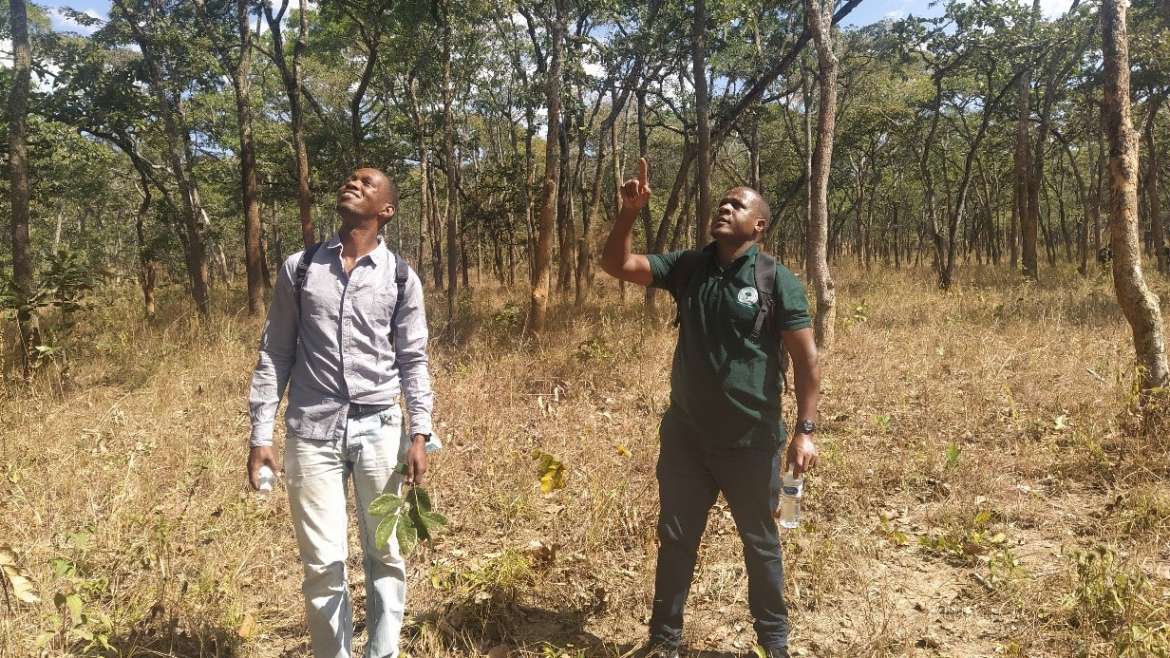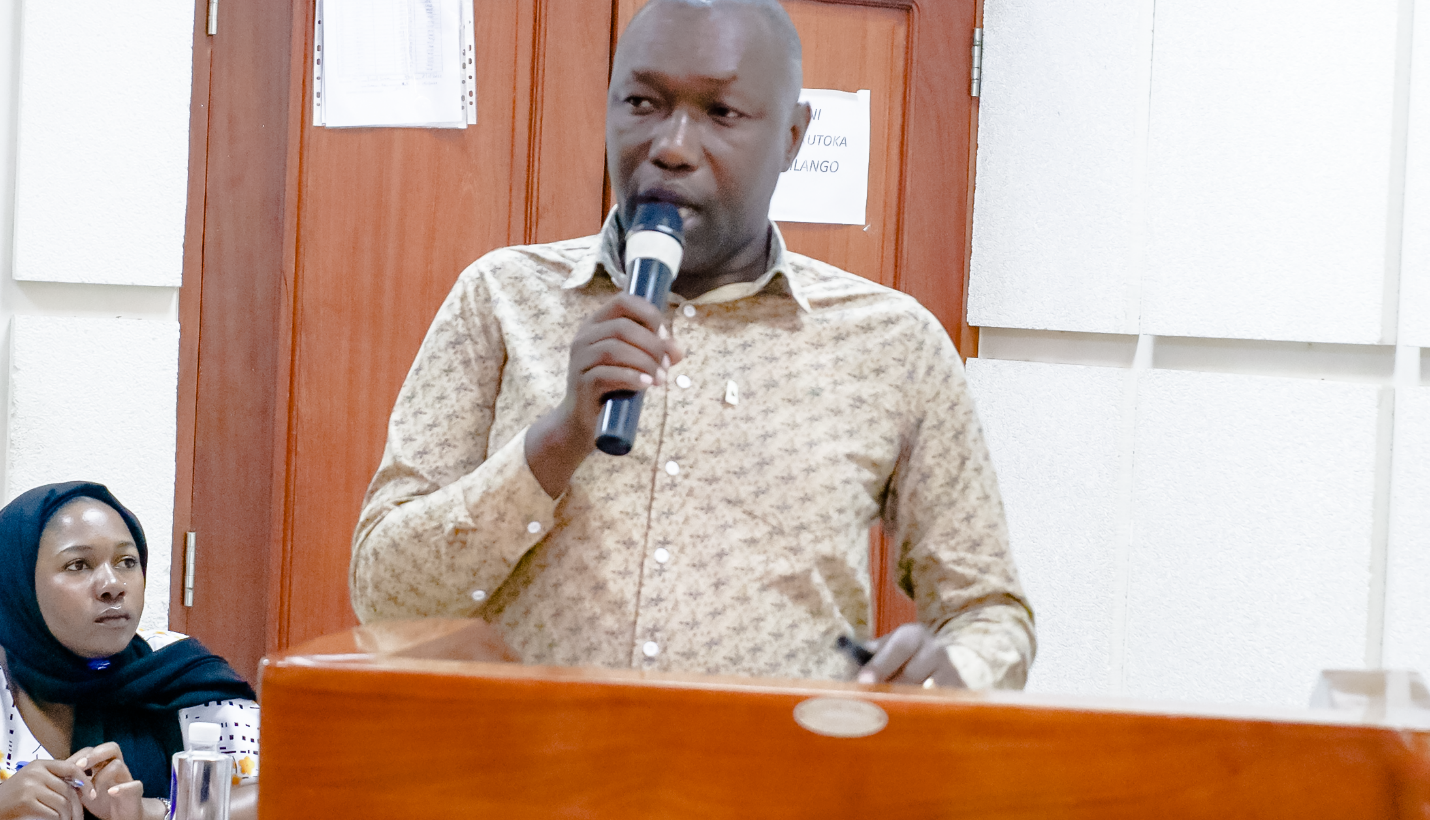Tree phenology observation in the plot
The world is experiencing increases in mean temperatures due largely to various anthropogenic polluting activities. This is leading to shifts in weather patterns and subsequently to climate changes at global scale. This trend is already affecting growing conditions for both plants and animals. If unchecked, it will subsequently impact upon vulnerable species, leading to inter alia changes in plant physiology, habitat degradation (or losses), species migration, shifts in seasonal patterns and in extreme conditions species extinction. This chain of events is a major threat to the environment and ultimately to livelihoods. It is for this reason that I dedicated my research to monitoring the phenology of three dominant Miombo tree species to throw light on their resilience or vulnerability to the effects of climate change by monitoring their phenology. Further, by comparing ground with space-borne data I hope to be able to model tree phenology accurately thereby enhancing accuracy in predicting phenological responses to various climate conditions.
My study will generate knowledge on Miombo woodlands’ phenological patterns and relate them with climate data. I am analyzing changes in land surface phenology (LSP) of dominant Miombo tree species, namely Julbernadia globiflora, Brachystegia spiciformis, and Brachystegia boehmii. These tree species dominate in both abundance and size. I am using satellite images to derive the LSP of these dominant tree species. Through various tools, including instant drone images and ground data, I am generating phenology data that can be applied to validate the LSP data.
My research is based in Western Tanzania, and it covers both dry and wet Miombo ecosystems. This strategy will enable comparison of data from the two Miombo forest systems (dry and wet). I have laid and assessed the plots to characterize the Miombo woodlands. Moreover, I have marked a subset of the plots to serve as permanent sample plots and started monitoring the phenology of the identified dominant tree species. My next step is to acquire drone images over the permanent plots and derive the LSP of dominant tree species from all the plots.

Marked tree species in the permanent plots

Data collection in the plot
Prepared by Siwa E. Nkya




